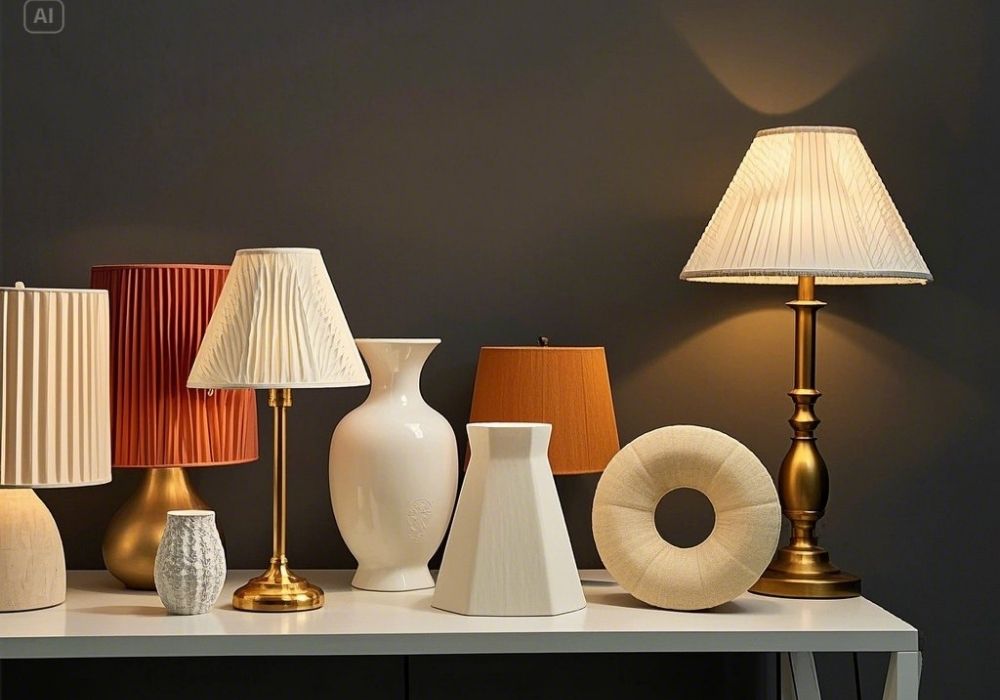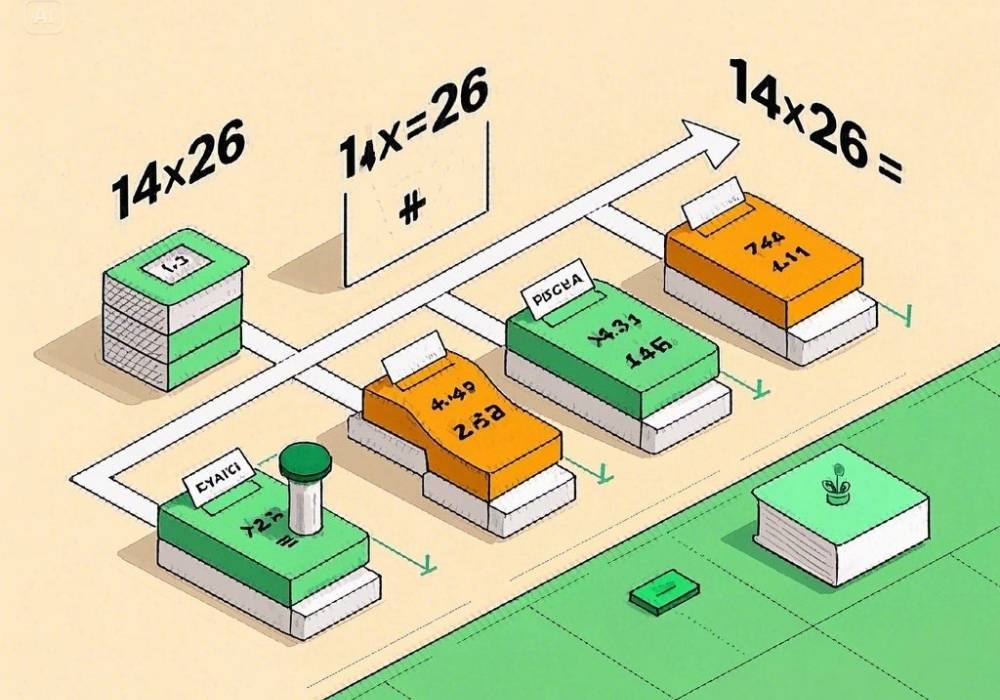Are you thinking about reupholstering a chair? Whether you’re a DIY enthusiast seeking to breathe new life into a cherished piece of furniture, a homeowner preserving a beloved heirloom, or an interior designer working on a new project, reupholstering is a practical way to enhance style and functionality. But how much does it cost?
This guide will explain the factors influencing the cost of chair reupholstery, from fabric choices to labor expenses. By the end, you’ll understand what to expect and whether reupholstery is the right option.
What Does Reupholstering a Chair Mean?

Before we tackle cost, it’s essential to understand what reupholstering entails. Reupholstering replaces an old chair’s fabric, padding, springs, and other materials to restore it to like-new condition or refresh its aesthetic.
Depending on the chair’s condition and the level of restoration needed, this might include replacing the fabric alone or entirely reconstructing the chair’s support system. It’s an ideal choice for those who wish to maintain a prized piece of furniture or match a specific design aesthetic.
Average Cost to Reupholster a Chair
The cost of reupholstering a chair varies widely and depends on factors like the type of chair, the complexity of the work, and the materials chosen. Below, we break down the average costs for different chair types.
Dining Room Chairs
- Cost: $50–$250 per chair
- Why the variation? Upholstering a dining chair with a simple, flat seat is straightforward, making it a more affordable option. However, adding cost increases by adding intricate details armressincreasesr elaboras.
Armchairs
- Cost: $300–$800
- Why the variation? Armchairs require more fabric and labor due to their larger size and additional features like armrests and padding.
Wingback Chairs
- Cost: $500–$1,500
- Why the variation? Wingback chairs have a complex design, including wings, detailed seams, and often tufted upholstery, which increases labor costs.
Recliners
- Cost: $600–$2,000
- Why the variation? Recliners involve more intricate mechanics that demand unique expertise and time to work around, driving costs higher.
Antique or Heirloom Chairs
- Cost: $700–$3,000
- Why the variation? Antique chairs are often fragile and require great skill to preserve structural integrity. Additionally, restoring original details can be time-consuming.
Factors Influencing the Cost of Reupholstering

1. Fabric Selection
Fabric is one of the most significant cost variables in reupholstering. Prices range from $10 per yard for basic upholstery fabric to over $200 for luxurious materials like leather or designer textiles. A standard armchair may need 6–8 yards of fabric.
- On a Budget? Consider durable but affordable options like cotton or polyester blends.
- Looking to Splurge? Velvet, leather, or performance fabrics offer durability and a premium look but are more expensive.
2. Labor Costs
Hiring a professional upholsterer means paying for their expertise and time. Labor costs generally range from $50 to $100 per hour, depending on the project’s complexity and location.
- Intricate designs like tufting or piping will increase labor time (and cost).
- Complex chair structures, such as recliners or wingbacks, are more time-intensive.
3. Additional Repairs
Expect added costs if your chair needs structural repairs, such as fixing a broken frame or replacing worn-out springs. Repairs may range from $50 to $300.
4. Custom Touches
Features like buttons, piping, or nailhead trims add character but also add costs. Custom patterns (e.g., creating symmetry with striped fabric) may require additional labor.
5. DIY vs. Professional Upholstery
While hiring a professional ensures a polished finish, some homeowners reupholster chairs themselves. DIY reupholstery can save money on labor, but it requires tools, time, and skills.
DIY Cost: Materials will cost $50–$200. You’ll also need tools like a staple gun and fabric scissors.
Professional Cost: Higher upfront, but ideal for intricate chairs or when you want a long-lasting, high-quality finish.
Is Reupholstery Worth the Cost?
Reupholstery isn’t always the cheapest option, so it’s worth considering the pros and cons.
Pros
Customization: Choose the fabric and design you want to match your space.
Sustainability: Reupholstering reduces waste and gives new life to old furniture.
Quality Matters: Older chairs are often better constructed than modern, mass-produced options.
Cons
Cost: Reupholstering can be more expensive than buying new chairs, especially budget furniture.
Time: The process can take weeks, especially with custom projects or during peak seasons for upholsterers.
Tips to Save on Reupholstery Costs
Reupholstery doesn’t have to break the bank. Here are some tips to stay within budget without sacrificing quality.
Choose Mid-Range Fabrics: Opt for quality materials without going for the most expensive options.
Reuse Where Possible: If the cushion or stuffing is in good condition, reuse it to cut costs.
Ask for Estimates: Compare quotes from multiple upholsterers to ensure you get the best deal.
Simplify the Design: The less complicated the work, the lower your labor costs.
Where to Find a Professional Upholsterer
Finding the right professional is key to ensuring high-quality results. Here’s how to start your search:
Local Directories: Check Yelp or Google Reviews for highly-rated upholsterers in your area.
Design Communities: Online forums and local interior design groups often provide recommendations.
Specialist Shops: Ask furniture retailers if they have recommended service providers.
Breathing New Life into Your Chair
Reupholstering transforms old, worn-out furniture into something fresh, functional, and uniquely yours. While costs can vary depending on chair type, fabric, and complexity, the investment often pays off in a one-of-a-kind piece you’ll treasure for years.
If you’re ready to give your furniture a makeover, start gathering inspiration, contact a local upholsterer, or even roll up your sleeves for a DIY project. Happy reupholstering!
Recovering vs. Reupholstering Furniture: What Is the Difference?
When refreshing your furniture, “recovering” and “reupholstering” are often used interchangeably, leading to confusion. However, they refer to distinct processes with different scopes and outcomes.
Recovering typically involves replacing only the outer fabric of a piece of furniture. This approach is primarily cosmetic, giving the item a fresh look with minimal intervention. It works well for structurally sound furniture with padding or support in good condition.
Reupholstering, on the other hand, is a more comprehensive process. It includes replacing the outer fabric and addressing the internal elements like padding, springs, and webbing if necessary. Reupholstering is ideal for older or heavily used furniture needing aesthetic and structural restoration.
Choosing between recovering and reupholstering depends on your furniture’s condition, budget, and desired outcome. If your piece only needs a visual update, recovering may suffice. Reupholstering is the better choice for a more profound transformation or to extend the life of a cherished item.
Conclusion
Whether you recover or reupholster your furniture, both options allow you to breathe new life into your cherished pieces. By carefully assessing your furniture’s needs and goals, you can make a well-informed decision combining functionality, aesthetics, and value. Investing in the right approach ensures your furniture looks great and continues to serve you for years.











